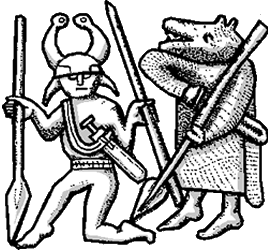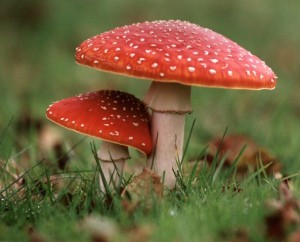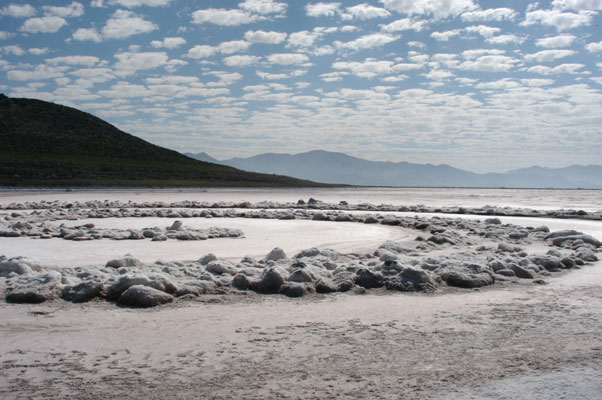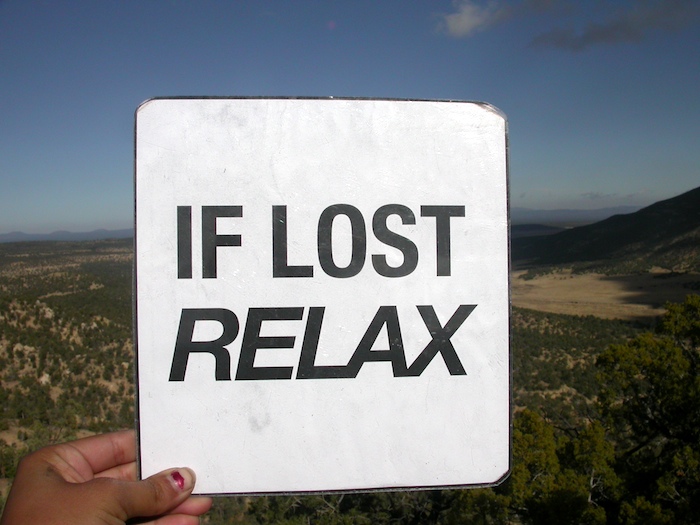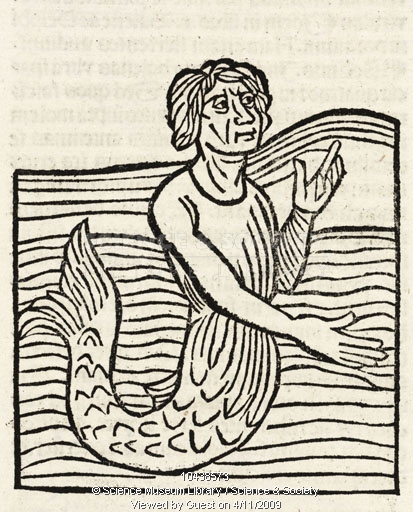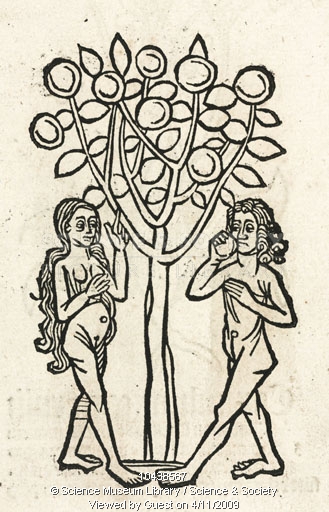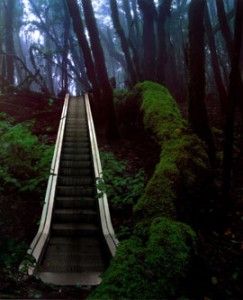
…click here to see video of Protected Zone.
I’ve been intermittently reading Deep North, the document produced by Transmediale 2009, an annual festival held in Berlin that weaves media, social change and a thematic issue. This year was loosely Climate Change/Social Change (my piece The Poster Children was in the exhibition).
The book contains an essay by Hilary Koob-Sassen called “Faith in Infrastructure, An Errorist Manifesto.” In this he states that
“Elaboration moves along when structures subside from direct experience to a position of foundational relevance. The aqueducts have disappeared- we have faith in subterranean pipes. Upon this faith we buy a house. Upon this faith we live in New Orleans. An evil experience is the same for the living and the built: the floods were outside of that range of reality to which the structure could respond. The levee breaks and no hidden capacity reveals itself: no preternatural burst of adrenaline allows the slipping deer to spring to a foothold, no particularly well-fashioned piece of levee exceeds its nominal strength and endures. No response. These two syntaxes- genetic and materialist- must name reality faster than it changes. Otherwise, reality deletes them.”



